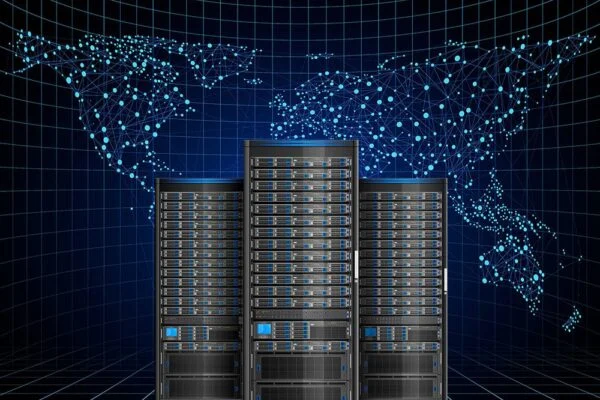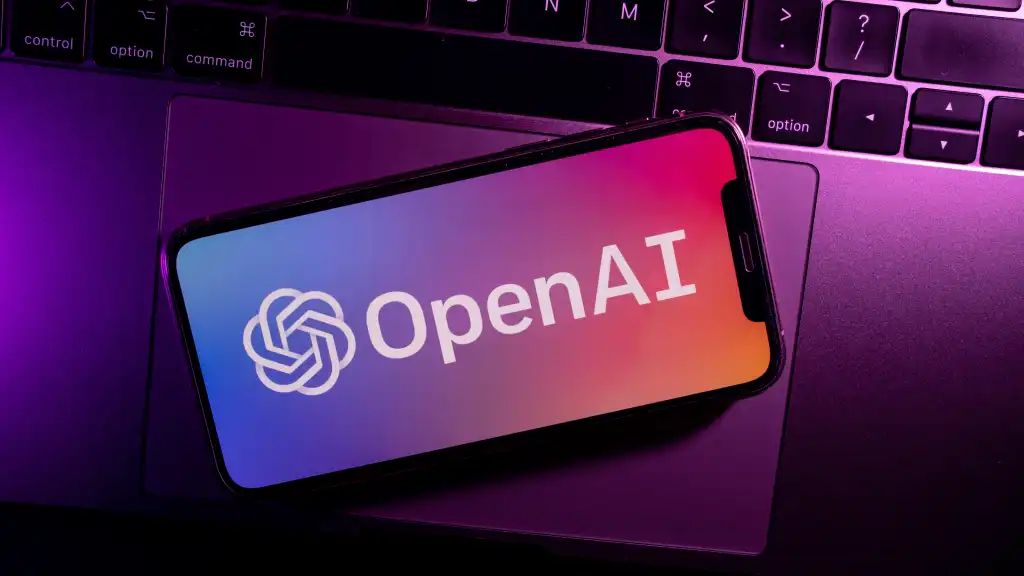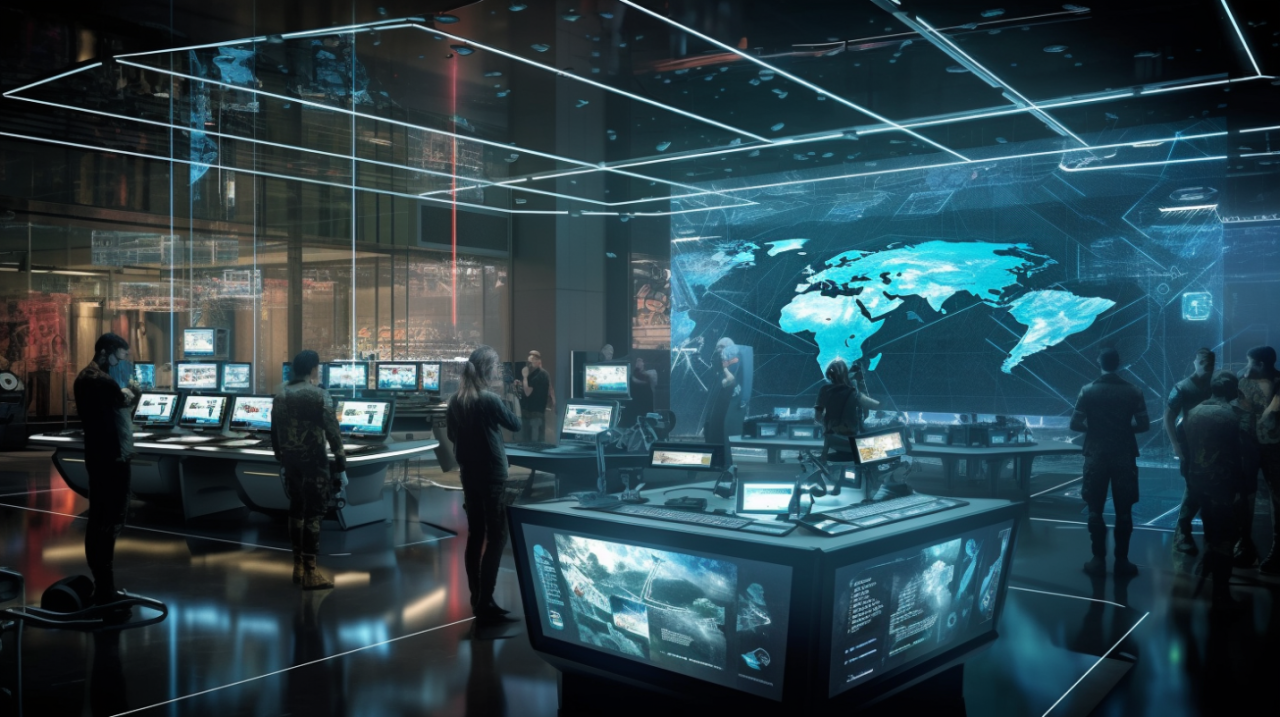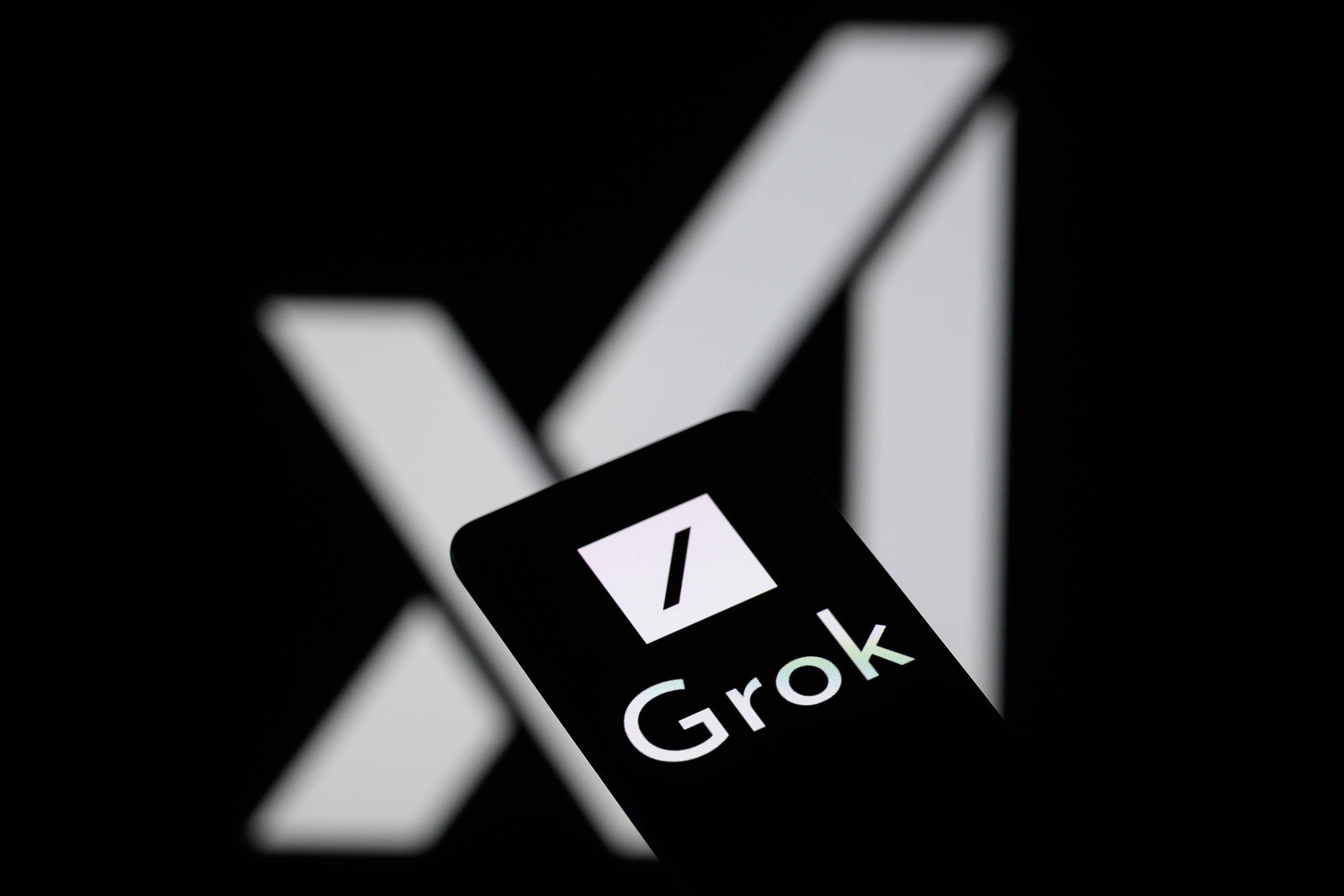
ChatGPT Sends Millions to Verified Election News, Blocks 250,000 Deepfake Attempts
AI
Zaker Adham
09 November 2024
10 August 2024
|
Zaker Adham
Summary
Summary
Elon Musk envisions Tesla as more than just an automaker; he aims to transform it into an AI powerhouse capable of creating fully autonomous vehicles. Central to this vision is Dojo, Tesla's custom-built supercomputer designed to train its Full Self-Driving (FSD) neural networks. While FSD isn't yet fully autonomous and still requires human oversight, Tesla believes that with more data, computational power, and training, it can achieve true self-driving capabilities. Here's a timeline of Dojo's development and milestones.

2019: The Beginning
• April 22: During Tesla's Autonomy Day, the AI team discusses Autopilot and FSD, highlighting Tesla's custom-built chips for neural networks and self-driving cars. Musk introduces Dojo as a supercomputer for AI training, stating that all Tesla cars produced at the time had the necessary hardware for full self-driving, pending a software update.
2020: Building Momentum
• February 2: Musk announces that Tesla will soon have over a million connected vehicles with the sensors and computing power needed for full self-driving, emphasizing Dojo's capabilities.
• August 14: Musk reiterates the plan to develop Dojo to process vast amounts of video data, calling it "a beast" and projecting its launch around August 2021.
• December 31: Musk states that while Dojo isn't essential, it will significantly enhance self-driving capabilities, aiming for Autopilot to be more than ten times safer than human drivers.
2021: Official Launch
• August 19: Tesla officially announces Dojo at its first AI Day, introducing the D1 chip to power the supercomputer. The AI cluster will house 3,000 D1 chips.
• October 12: Tesla releases a Dojo Technology whitepaper outlining a new type of binary floating-point arithmetic for deep learning neural networks.
2022: Progress and Testing
• August 12: Musk announces plans to phase in Dojo, reducing the need for incremental GPUs.
• September 30: At Tesla's second AI Day, the first Dojo cabinet is installed, and the company demonstrates Dojo running a Stable Diffusion model to create an AI-generated image of a "Cybertruck on Mars." Tesla aims to complete a full Exapod cluster by Q1 2023 and plans to build seven Exapods in Palo Alto.
2023: A High-Stakes Bet
• April 19: Musk tells investors that Dojo could significantly reduce training costs and become a sellable service, comparing it to Amazon Web Services.
• June 21: Tesla's neural networks are already in customer vehicles, with Dojo projected to be among the top five compute systems globally by February 2024.
• July 19: Tesla starts Dojo production and plans to spend over $1 billion on it through 2024.
• September 6: Musk highlights the challenges of managing data from Tesla's vehicles and the role of Nvidia and Dojo in addressing these challenges.
2024: Scaling Up
• January 24: Musk acknowledges Dojo as a high-risk, high-reward project, with plans for multiple versions of Dojo.
• January 26: Tesla announces a $500 million investment to build a Dojo supercomputer in Buffalo.
• April 30: TSMC reveals that Dojo's next-generation training tile, the D2, is already in production.
• May 20: Musk notes that the Giga Texas factory extension will include a super dense, water-cooled supercomputer cluster.
• June 4: A CNBC report reveals Musk diverted Nvidia chips reserved for Tesla to X and xAI, with plans to house 50,000 H100s for FSD training.
• July 1: Musk indicates that current Tesla vehicles may need hardware upgrades for the next-gen AI model.
• July 23: Musk discusses Nvidia supply challenges and the need to focus on Dojo to ensure sufficient training capability.
• July 30: Musk mentions that AI5 is about 18 months away from high-volume production.
• August 3: Musk tours the Tesla supercompute cluster at Giga Texas, which will include around 100,000 Nvidia GPUs.

AI
Zaker Adham
09 November 2024

AI
Zaker Adham
09 November 2024

AI
Zaker Adham
07 November 2024

AI
Zaker Adham
06 November 2024